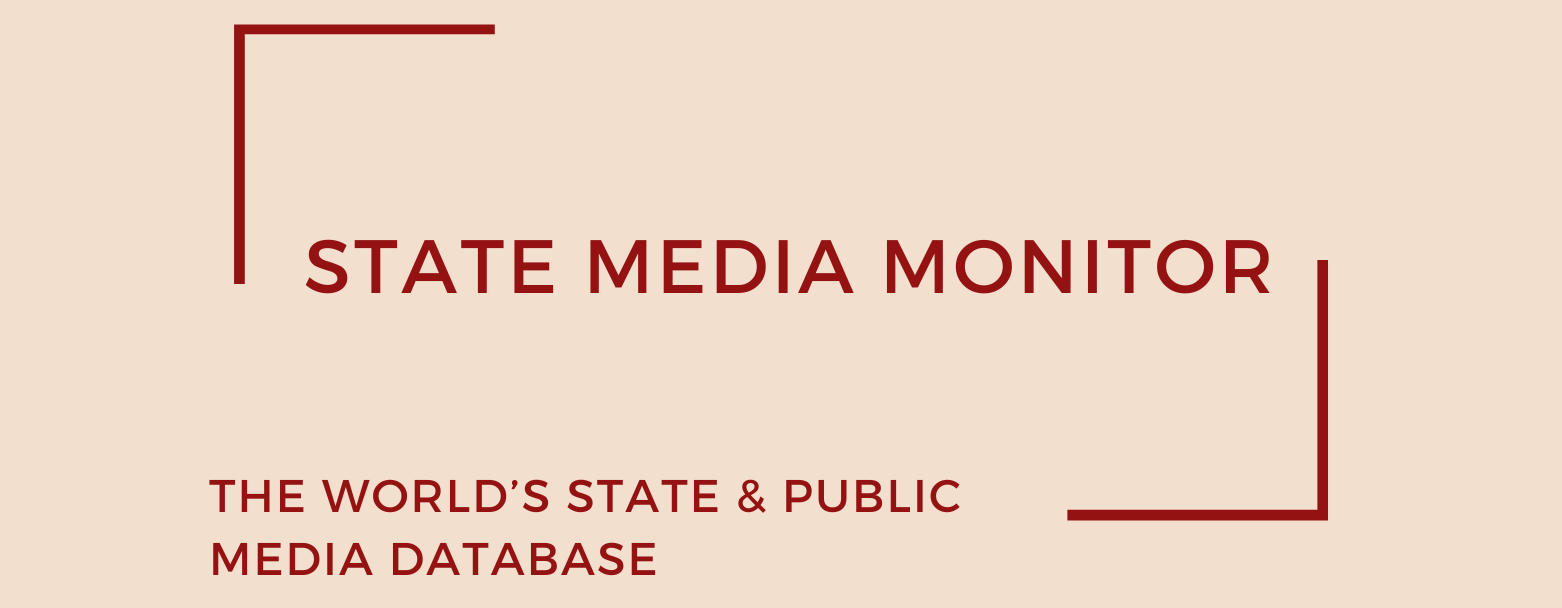Sri Lanka Broadcasting Corporation (SLBC)
The Sri Lanka Broadcasting Corporation (SLBC), the country’s oldest electronic media institution, traces its origins back to 1925 with the launch of Colombo Radio. Officially reconstituted in 1967 as Radio Ceylon and later renamed SLBC, the broadcaster has long served as the state’s primary radio arm.
Media assets
Radio: Thesiya FM, City FM, SLBC National Service, SLBC Commercial Service, Radio Sri Lanka, Vidula, Yal FM, Rajarata, Ruhuna, Uva, Wayamba, Kandurata, Thendral, Pirei, Sports Service
State Media Matrix Typology
Captured Public/State-Managed (CaPu)
Ownership and governance
Since 1972, SLBC has operated as a state-owned corporation under the aegis of the Ministry of Mass Media. Its governance is tightly interwoven with the state apparatus: the board of directors is directly appointed by the government, with the Minister of Mass Media empowered to name the Chairperson.
Hudson Samarasinghe—a former Member of Parliament and long-time media figure— served as Chairman, following his appointment in June 2021. Critics argued that his appointment was emblematic of the wider pattern of politicized governance, as SLBC’s leadership has historically been composed of politically affiliated or state-favored individuals.
In September 2024, Professor Dr. Uditha Gayashan Gunasekara was appointed as Chairman of SLBC by the Minister of Media, succeeding earlier leadership.
A major structural reform was initiated in November 2023, when the government announced a merger between SLBC and the Sri Lanka Rupavahini Corporation (SLRC). This decision, officially approved in February 2024, was justified as a cost-cutting measure, citing sustained financial losses across both entities for over a decade.
However, by June 2025, the Cabinet concluded that merging would not deliver expected gains due to differences in broadcasting technology, transmission infrastructure, and studio space needs. Consequently, SLRC and SLBC will remain as separate entities, each retaining its identity while following a strategic roadmap for operational reform.
Source of funding and budget
SLBC’s revenue model relies on a hybrid system, combining commercial income with state subsidies. While it receives significantly more state support than other state-run outlets, subsidies still fall short of covering half the broadcaster’s operational costs.
According to its 2020 annual report, SLBC operated on a budget of LKR 948 million (US$ 5.1 million), with the state subsidy contributing 46%. By 2022, the corporation reported revenues of LKR 682 million (US$ 1.9 million) but also recorded losses of LKR 141 million (US$ 390,000), according to the Ministry of Finance. No official financial report for 2024 has been made publicly available at the time of writing, amid the ongoing restructuring.
Editorial independence
SLBC’s editorial operations remain firmly under government control, with no demonstrable safeguards ensuring independence from political interference. Local media analysts and journalists consulted in March 2023, and again in September 2024 and July 2025 observed that the editorial agenda frequently mirrors that of the ruling administration. Appointees to editorial and managerial roles are routinely drawn from political or bureaucratic circles.
Importantly, Sri Lanka lacks any statutory mechanism or independent oversight body tasked with guaranteeing the editorial autonomy of SLBC. The absence of legal protections or accountability structures makes the broadcaster especially vulnerable to state influence and editorial capture—a concern exacerbated by the impending SLBC–SLRC merger, which may further consolidate political control over public broadcasting.
July 2025
Citation (cite the article/profile as part of):
Dragomir, M. (2025). State Media Monitor Global Dataset 2025.
Media and Journalism Research Center (MJRC).
Zenodo.
https://doi.org/10.5281/zenodo.17219015
This article/profile is part of the State Media Monitor Global Dataset 2025, a continuously updated dataset published by the Media and Journalism Research Center (MJRC).
